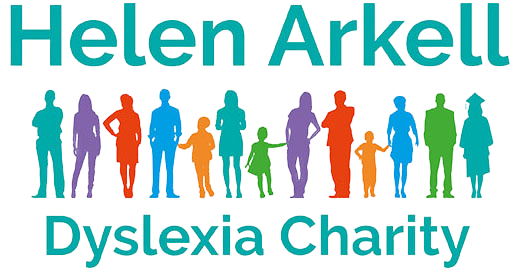Handwriting research – invitation to join
At Helen Arkell, we use a test called DASH-2 (Detailed Assessment for Speed of Handwriting, second edition) during our dyslexia assessments. Pearson Clinical UK, the publishers of the test, alongside academics at Oxford Brookes University, are developing a new edition of the battery of tests that the DASH test is part of. They are currently particularly interested in recruiting children and young adults with dyslexia to take part in their research. Could you or your child take part?
This is the message from Pearson Clinical UK:
At Pearson Clinical UK, we develop and distribute assessments for professionals in psychology, allied health, general education, special needs education, and other areas serving people of all ages and cultures.
What is happening? Pearson Assessment is collecting data for a new project involving the development of the Movement Assessment Battery for Children – Third Edition (MABC-3) and the Detailed Assessment for Speed of Handwriting (DASH-2). For this project, we will measure children’s movement ability and handwriting speed. By testing a large number of children and adults, we can understand how they typically perform. The results from this project will help develop the new assessments. The published assessment will then enable professionals to identify children who require intervention and support with movement activities and handwriting. We welcome your/your child’s participation in the project.
What will the project involve? If you agree to be involved, Pearson Assessment will first determine whether you/your child fit the criteria for taking part based on the demographic information you provide. If you/your child are chosen to take part, we will contact you via email to arrange an assessment session. This should take around 45 minutes, although this will depend on age and ability of the person being tested. The assessment will take place either at home or at a convenient public location. The tests will be conducted by a trained professional (with an enhanced DBS check). They will ask you/your child to complete some movement activities such as throwing, catching and jumping and/or handwriting tasks.
Being part of this research means that you can help make tests more accurate for those being assessed so that they can get better and more directed intervention and support. If you would like to be part of this project, please follow the links below. By clicking on the links, you are not committing to taking part in the research.
Thank you!






